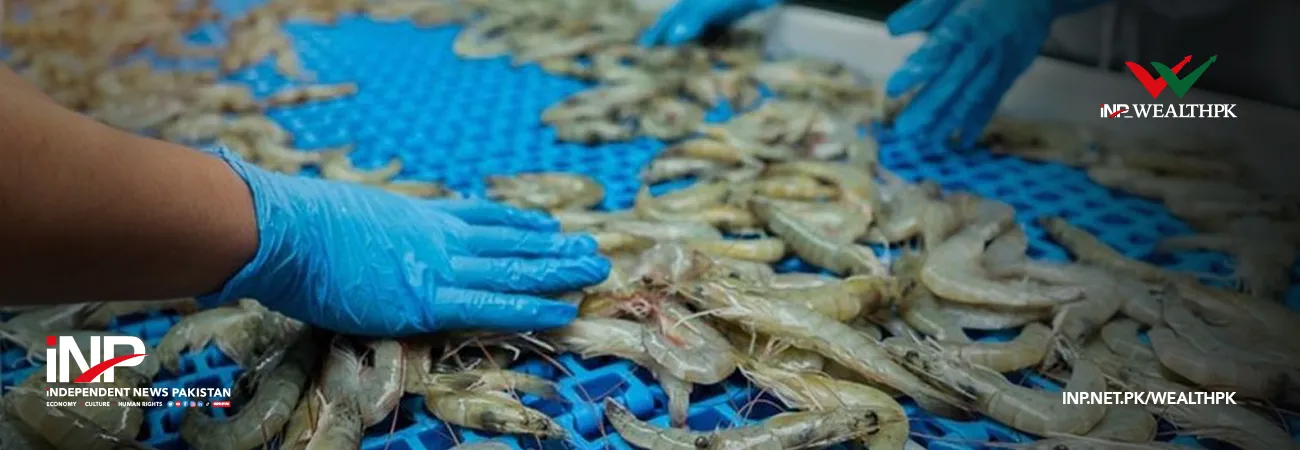INP-WealthPk
By Arsalan Ali
A free trade agreement signed between Pakistan and Malaysia in 2008 aimed at boosting commerce ties between the two countries has yet to reach its potential despite being dubbed as the most comprehensive bilateral treaty, reports WealthPK quoting a report of the country’s trade promotion body.
The agreement does not reflect the actual trade balance, and it is necessary to diversify exports to increase market share in Malaysia by shipping out more goods and ensuring that there is not too much reliance on agriculture-based exports, says the report prepared by the Trade Development Authority of Pakistan (TDAP).
The report notes that the potential of human hair waste export is $5 million, but there is no export from Pakistan despite the fact that this product is subject to 0% tariff. Pakistan may enter this market because it currently exports human hair waste to Vietnam and Myanmar at average prices of $2,063 per tonne and $1,094 per tonne, respectively. Malaysia imports the product from India at $40,833 per tonne. The export of this product to Malaysia would impact positively the trade balance of Pakistan, the report notes.
The TDAP report highlights that Pakistan’s pink salt is in high demand in Malaysia, but it is currently exported at a high price, affecting its export. If the price of salt falls, its export can be increased from the current 45% to 50%. Australia and India export salt to Malaysia at $59 per tonne and $51 per tonne, respectively, while Pakistani salt price is $110 per tonne with zero tariffs.
The report says Pakistan should negotiate tariff rates on building and curbstones. Pakistan faces a 30% tariff rate on these products in Malaysia under the free trade agreement. If the tariff rate for these products is negotiated, it could increase Pakistan's exports to Malaysia by almost 50%.
Malaysia also levies high tariffs ranging from 15% to 30% on footwear imported from Pakistan. Malaysia has a total footwear market worth $92 million, with Pakistan accounting for only $0.13 million. If Pakistan can capture 10% market share in footwear, its export revenue will increase to $7 million, the TDAP report notes.
The report calls for participation of relevant stakeholders in trade fairs, as well as branding, marketing, and packaging of products in accordance with international standards to increase market share in Malaysia.
The report points out that there are products that have the export potential but face high tariff rates by Malaysian authorities. The government should negotiate reduction in tariffs imposed on these products.
The United Nations COMTRADE database shows that major export items from Pakistan to Malaysia include cereals, edible vegetables, certain roots and tuber, mineral fuels, oils, distillation products, other made-up textile articles, sets, worn clothing, fish, crustaceans, molluscs, aquatics invertebrates, articles of apparel, non-knit or crocheted and cotton.
Data from the State Bank of Pakistan shows that when the trade agreement was signed between Pakistan and Malaysia in 2008, exports from Pakistan were $85.091 million, which increased to $432.695 million in financial year 2021-22.

SBP/WealthPK research
Credit : Independent News Pakistan-WealthPk













